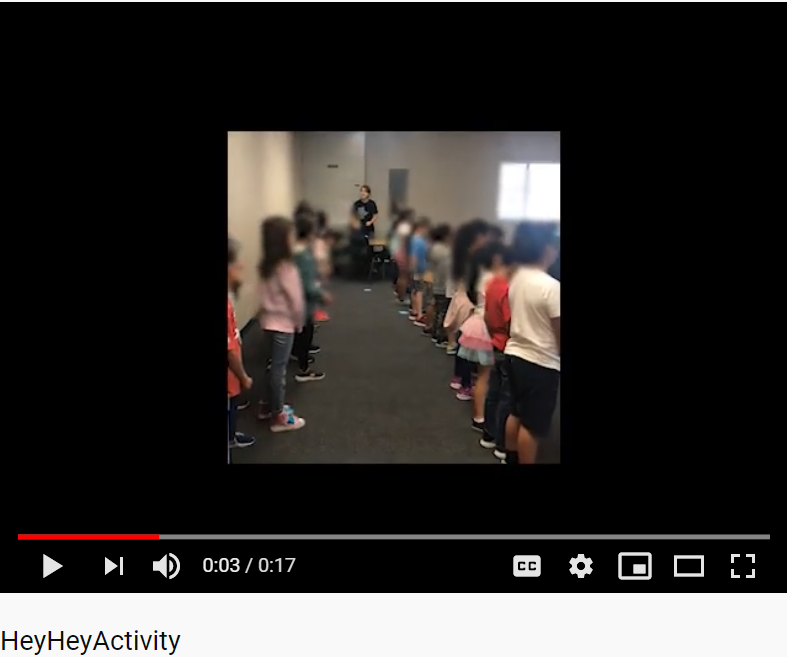We’re not all born with a strong sense of rhythm. This critical taiko fundamental can be developed at any age. This activity below helps kids age 7-11 (and young-at-heart adults) build their sense of rhythm, and it works well in person and over Zoom. It’s a little too goofy for middle and high school students. Next time, I’ll post the version I use with that age group.
You want to do this with a poem that has a strong rhythm and opportunity for playful voicing. I first heard the Coyote Poem in the video in my Orff training and have used it ever since. Teach it through echo teaching, tapping the pulse on your body the whole time (as I do in the video). Once students have it, lead them through saying the poem silently to themselves, only voicing the whoops. This is challenging and very, very fun. If you’re teaching over Zoom, have students throw their arms up in the air when they say the “whoops” so you have visual confirmation (assuming you have them muted during class).
In Zoom classes, your next step is to teach a movement sequence for students to follow while saying the poem. I demonstrate one in the video, but you can make up your own. Work towards students doing the movement sequence while voicing only the whoops. If you’re working with slightly older students (3rd and 4th grade), once they succeed with the movement sequence you created, put them into breakout rooms of 2-3 to create their own and share out when everyone comes back together.
For in-person classes, rather than teaching a movement sequence, give each student a tennis ball. Put students into groups of 4; have each group sit in a circle and say the poem while passing their tennis balls on the pulse. Once they can do this, have them pass the tennis balls while saying the poem silently voicing only the whoops. Hilarity ensues, and so does learning! I’ve learned the hard way to be clear about expectations with the tennis balls before passing them out (i.e., if you don’t want kids to throw them at each other, or roll them across the floor, lay that out at the start, along with any consequences you have.)
Teaching is hard right now, if you’re fortunate enough to have teaching work at all. I hope this activity brings you and your students some lightness and some learning. Let me know if you have questions or if you try it!











